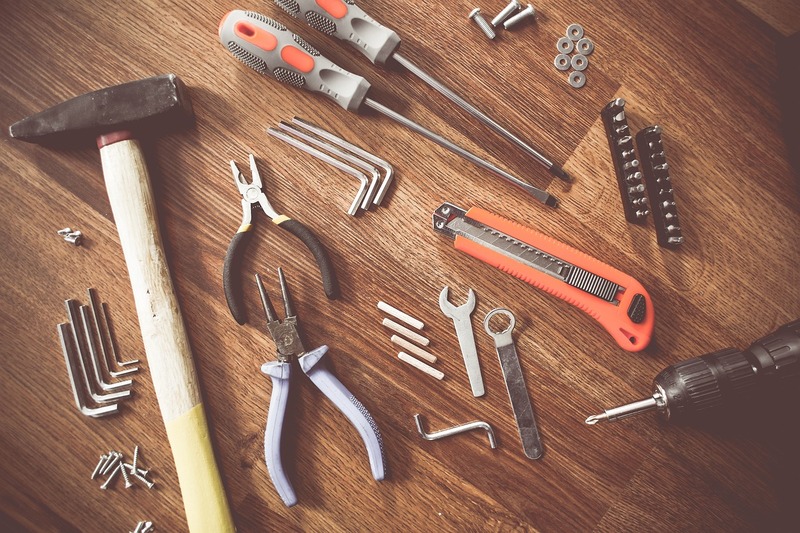Need Support?
Please provide your question. We’ll find you with the best support options.
ISK Bearings | B2B Bearing Wholesale
Table of Contents
The shaft bearing is a mechanical component primarily used to support a rotating shaft, allowing it to spin freely. These bearings are designed to reduce friction, thereby improving operational efficiency and extending the lifespan of equipment.
When it comes to installing bearings on a shaft, certain precautions should be followed to ensure a proper installation:
Before installation, confirm that the bearing size matches the requirements for the bearing body and shaft. Check if the machined shaft and bearing body have right-angled contact surfaces and can make sufficient contact.
 Learn more: Bearing Specification Query Guide: How to Find the Appropriate Bearing Specifications for Your Needs
Learn more: Bearing Specification Query Guide: How to Find the Appropriate Bearing Specifications for Your Needs
Inspect the bearing's fine body for any abrasions, dust, or mold sand on its matching oil surface. Use grinding stones or cleaning cloths if necessary.
During installation onto the bearing body, ensure the outer ring of the bearing is properly forced. Avoid installing or knocking the bearing on its outer ring, as it can cause track faults, noise, and affect the bearing's capacity to withstand external forces.
Learn more: Why is my bearing suddenly making noise? 
Bearing mounting methods depend on the bearing type and type of fit. As bearings are usually used on rotating shafts, the inner rings require a tight fit. Bearings with cylindrical bores are usually mounted by pressing them on the shafts (press fit) or heating them to expand their diameter (shrink fit).
Bearings are usually mounted in housings with a loose fit. However, in cases where the outer ring has an interference fit, a press may be used. Bearings can be interference-fitted by cooling them before mounting using dry ice. In this case, a rust preventive treatment must be applied to the bearing because moisture in the air condenses on its surface.
The most common method is using a hammer and sleeve. Make sure the sleeve is centered and tap it lightly with a hammer.
Learn more: How to Install a Bearing ? Bearing Installation Methods 
When installing both the inner and outer rings simultaneously, use a backing plate and apply force to both rings simultaneously. Applying force only to the inner ring can cause scratching on the raceway surface due to the balls pressing into the outer ring.
Complete the assembly of rolling bearings following the correct and safe steps.

Utilize specialized tools designed for bearing installation and disassembly to prevent damage during the process. Avoid using improper tools like copper rods, which can cause deformation, damage to rolling elements, and bearing failure.

Inspect old bearings for burrs, scratches, and cracks on the ball or column surfaces. For new bearings, ensure the correct bearing type and check radial clearance against industry standards.
By following these precautions and steps, you can ensure a proper and reliable installation of bearings on a shaft.
Bearing model numbers consist of three parts:
We previously helped an electromechanical equipment manufacturer in Asia resolve abnormal bearing noise issues. By optimizing the sealing structure and adjusting lubrication parameters, we significantly improved system stability and reduced maintenance costs.
Case reference: ISK BEARING Customer Cases
We offer a range of testing and technical services, including independent heat treatment, automated noise & vibration testing, clearance inspection, salt spray testing, and more — helping our clients improve product reliability and performance.
Resource overview: ISK Technical Resources
You can visit the ISK official FAQ section to explore answers related to bearing selection, product specifications, and more.
FAQ Section: ISK Bearings FAQ Center
Discover more about the features and applications of various bearings.
Click here to explore more articles and find the perfect bearing for your project.
Needle Bearings (Roller Bearings) are a type of bearing that performs exceptionally well at high speeds. Their rollers are precisely guided by specially shaped, high-rigidity cages with minimal dimensional error. Despite their small cross-section, needle bearings...
How Do Ball Bearings Work? Bearings are often small and unassuming components in a product, yet they are crucial for its proper functioning. Without bearings, many products would fail to operate effectively. But do you know how ball bearings...
Please provide your question. We’ll find you with the best support options.